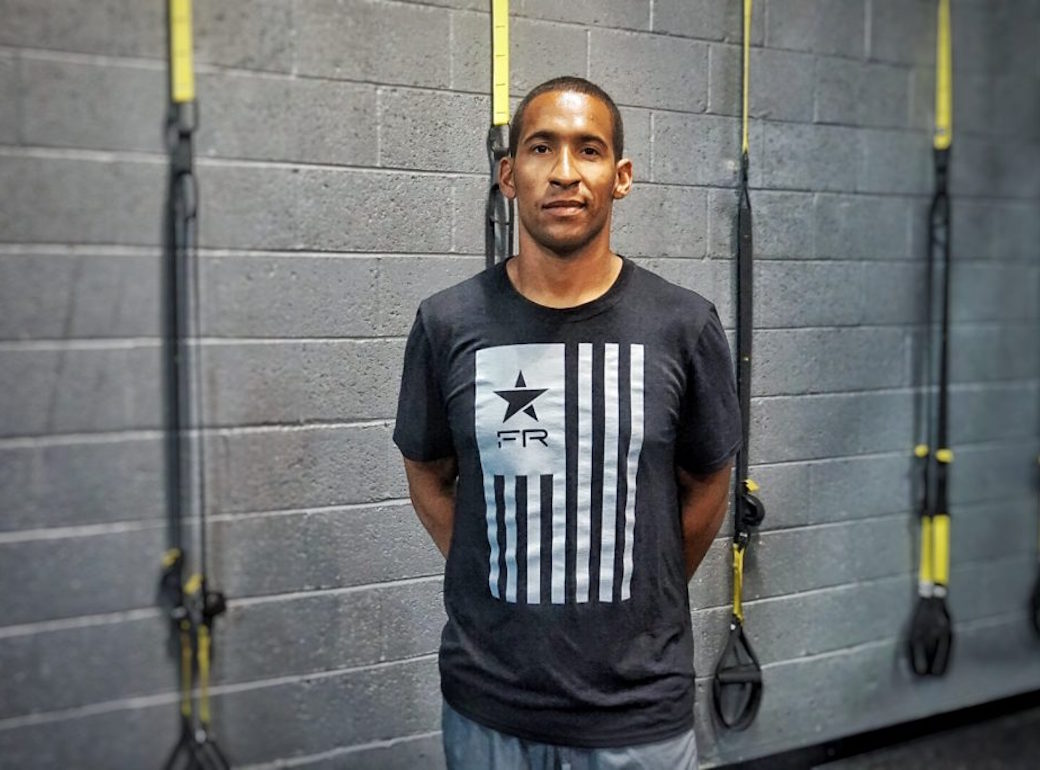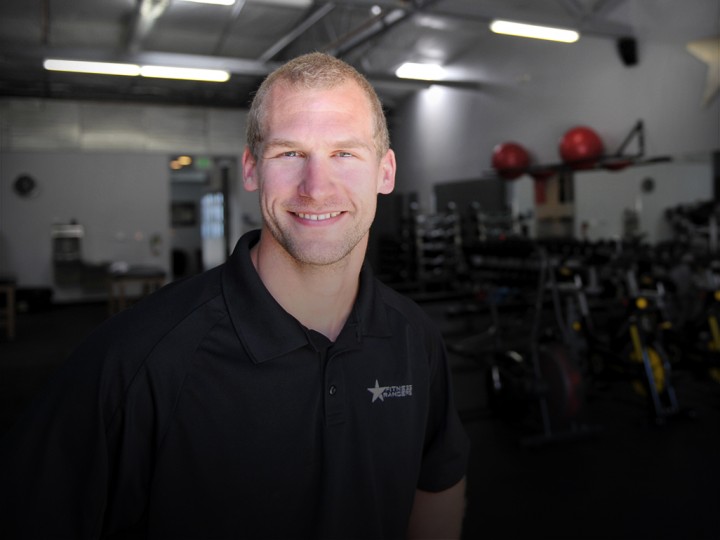
4 Keys to Managing Pain
by Brian Xicotencatl
Too often in the gym, clients are sidelined due to chronic and random pain patterns. Though I love to help them manage these occurrences, it can all be avoided by proactive good habits that start with you. The truth is it doesn’t take a doctor to diagnose the cause of pain (most of the time).
Here are the 4 keys to managing pain.
- Understanding the Mechanism of Injury
Unless you were hit by a truck or dropped a weight on your foot, the chances are that your pain is purely muscle-skeletal. This simply means that your muscles are tight, exhausted, or imbalanced. This is where it is important that we learn the difference between good pain and bad pain. Good pain is soreness caused by inflammation or the pressure you feel when foam rolling. Bad pain leaves you debilitated and the joint doesn’t function as well as it used to. If you don’t have a known mechanism of injury, then you are in luck and there is something you can do right now to help that pain.
Now if you were hit by a truck please see a doctor immediately.
- The Pain is Usually the Symptom, Not the Problem.
When muscles are exhausted from exercise they have a tendency to become cut off from the blood supply. These muscles become hard guitar string like entities and can cause the body to become misaligned or cause stress in other areas of the body. For example, clients usually complain of pain in their neck or posterior shoulder. This can and usually is caused by the muscles on the anterior being stronger and tighter than the muscles on the back. Too much bench press, bicep curls, and dips can cause the shoulders to round forward. Without proper pain management techniques this can result in pain.
- Try Different Pain Management Techniques
First and foremost stretching is not the answer, for anyone. Static stretching cuts off the muscles from the blood supply and can stretch the joint not the muscles especially if you have hyper-mobility. Instead try foam rolling also known as self myofascial release.
Now you can’t just roll on top of a foam roller and expect it to get better. You must put enough pressure on those muscles that resemble guitar strings to cause change in tissue quality. This means that you must cause the muscle to expand. Instead of rolling back and forth on spot that hurts, sit on it until it goes away.
If this doesn’t work, the pain may very well be caused by a muscle somewhere else.
Other techniques include:
- Making sure you properly and effectively warm up
- Ice muscles after working out and heat them before use
- Get stretched or massaged by a professional
- Look For a Noticeable Difference
Last but not least, if it doesn’t feel better or doesn’t work better the pain management technique probably didn’t work or you didn’t do it correctly. If this is the case it is time to back to the drawing board and try something else. If all else fails see your trainer, a physical therapist, and then a doctor in that order.





